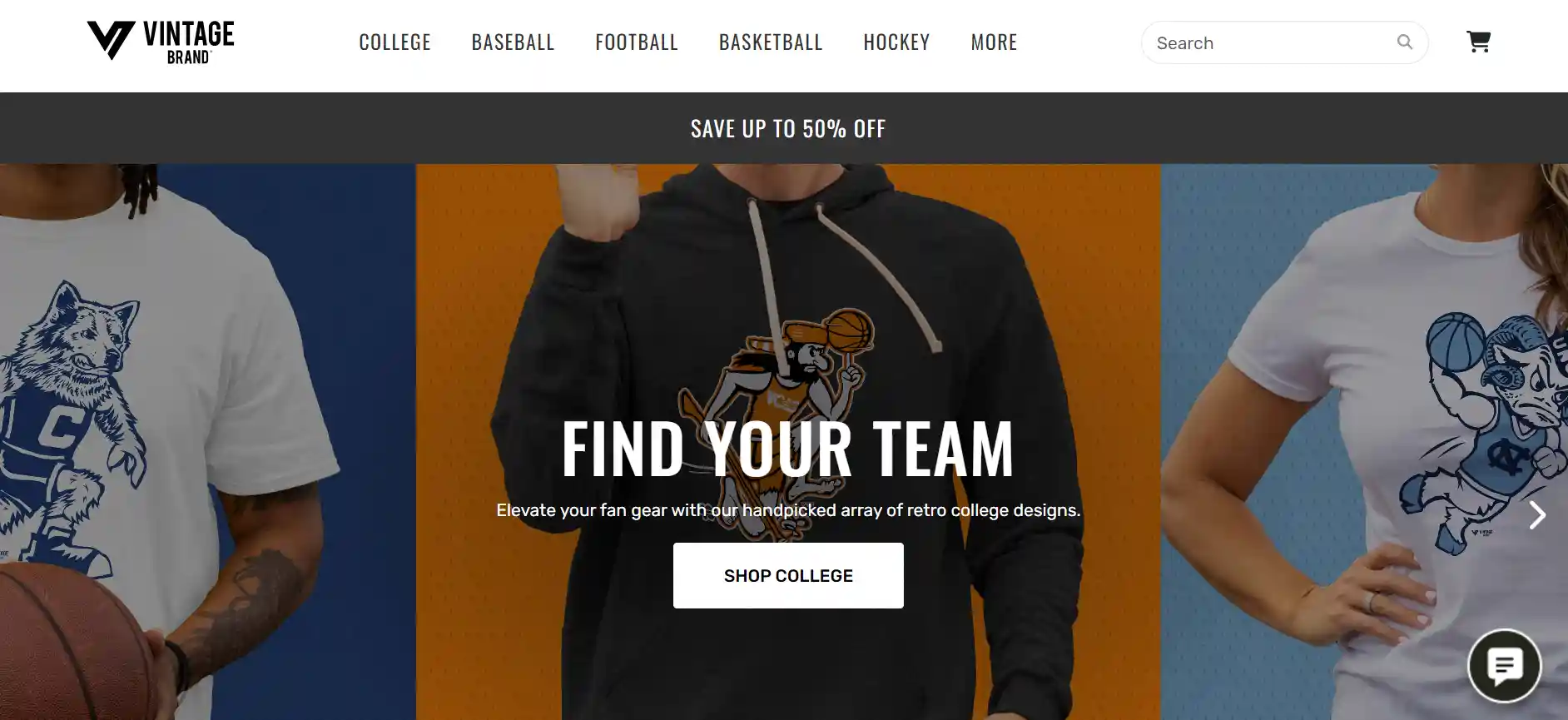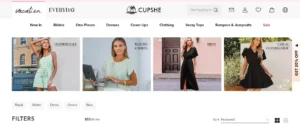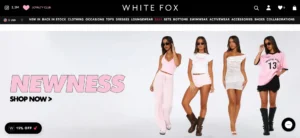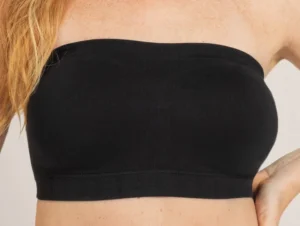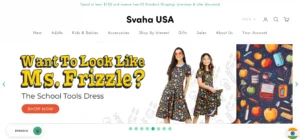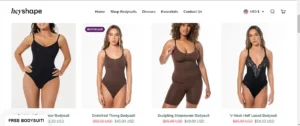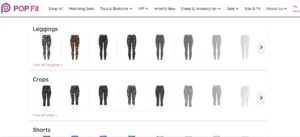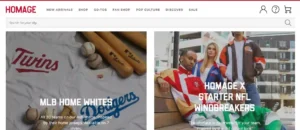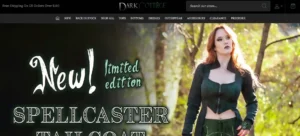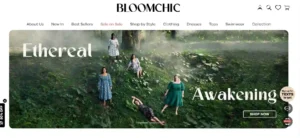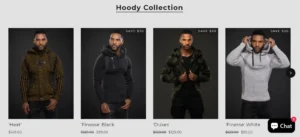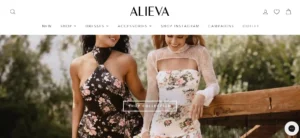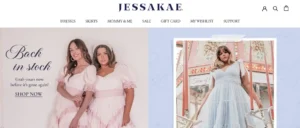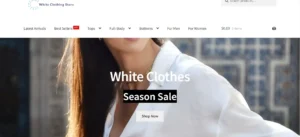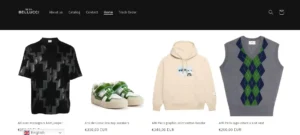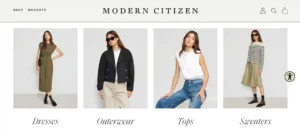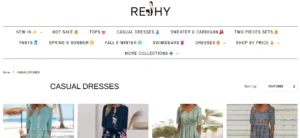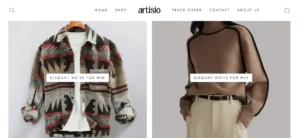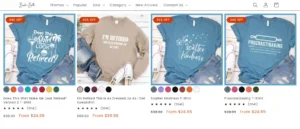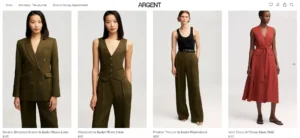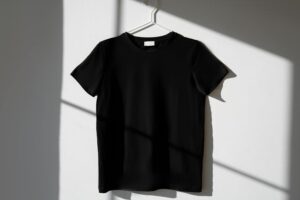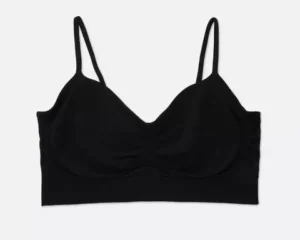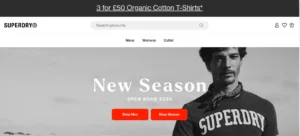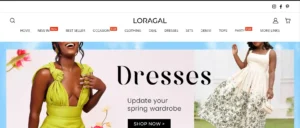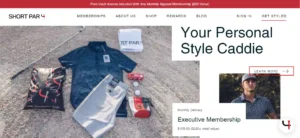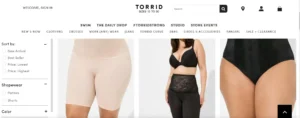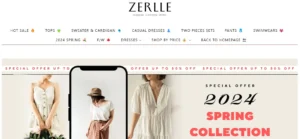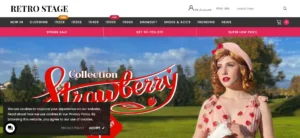Vintage Brand Clothing Reviews: Are you a fan of vintage brand clothing? Do you often wonder whether the items you are purchasing are legit or if you’re falling for a scam?
In this blog post, we will explore the world of vintage brand clothing, taking a look at reviews, red flags, pros, cons, and customer feedback to help you determine whether it is worth trying or if you should steer clear.
Let’s dive in and uncover the truth about vintage brand clothing.
Table of Contents
About Vintage Brand Clothing
Vintage brand clothing encompasses a rich tapestry of history, art, and fashion, often encapsulating the essence of past decades through its unique styles and designs. These garments, no longer produced by their original makers, carry with them stories of eras gone by, making them highly sought after by collectors, fashion enthusiasts, and anyone looking to infuse their wardrobe with a touch of nostalgia.
The allure of vintage brand clothing lies not just in its aesthetic appeal but also in its exclusivity and the craftsmanship that characterizes older production methods. Unlike modern, mass-produced fashion, vintage pieces were often made with a higher attention to detail, using quality materials meant to last.
The journey to find these timeless treasures can lead one to various sources, from bustling thrift stores tucked away in city corners to specialized online marketplaces that curate collections from around the globe. Each piece, whether it be a luxurious designer gown from the golden age of couture or a rugged leather jacket emblematic of rebellious youth cultures, tells a unique story. Venturing into the world of vintage brand clothing not only opens the door to exploring diverse styles but also contributes to a more sustainable fashion industry by giving new life to pre-loved items.
Red Flags When Shopping for Vintage Clothing
Navigating the world of vintage brand clothing can sometimes lead you into murky waters, where the distinction between a rare find and a dubious deal isn’t always clear. To safeguard your investments and ensure a pleasant shopping experience, it’s crucial to be vigilant for certain red flags. Firstly, an unrealistically low price for a supposedly high-end designer piece can be a glaring warning sign. This could indicate either a counterfeit item or one that is significantly damaged. Another red flag is a seller’s lack of transparency—be wary of sellers who provide minimal details about the clothing’s history or its condition, or those who are hesitant to provide additional photos upon request. A clear indication of potential trouble is a seller’s reputation; sellers with a history of negative feedback or no feedback at all should prompt further scrutiny.
Be cautious of listings that use stock images or those that do not show the item from multiple angles, as this can mask flaws or discrepancies in the item’s actual condition. Also, a vague or generic item description that lacks specific details about the era, brand, or materials can be a sign that the seller is not knowledgeable about vintage clothing or is intentionally being vague to mislead buyers. By keeping these red flags in mind, you can more confidently navigate the world of vintage brand clothing, avoiding potential scams and ensuring that your purchases are genuine treasures.
Pros of Investing in Vintage Brand Clothing
Investing in vintage brand clothing offers a multitude of advantages for the discerning fashion enthusiast. The primary allure is the uniqueness of each piece. Unlike contemporary, off-the-rack items, vintage clothing ensures that your wardrobe is distinctive, reflecting a personal style that stands apart in a sea of mass-produced fashion. This uniqueness is not just in design but often in quality as well. Garments from past decades were constructed with an emphasis on durability, crafted to endure. As a result, many vintage items you find today have already proven their longevity and, with proper care, will continue to be wearable and stylish for years to come.
Another significant benefit is the historical and cultural value embedded in each piece. Wearing vintage allows one to literally clothe themselves in history, embodying the aesthetics, craftsmanship, and nuances of past eras. This connection to history enriches the wearer’s appreciation for their clothing far beyond the superficial.
Furthermore, opting for vintage is a powerful statement in favor of sustainable fashion. By choosing pre-loved items, consumers actively reduce the demand for new clothing production, which is often criticized for its environmental impact and questionable labor practices. This eco-conscious choice contributes to a reduction in fashion waste, promoting a more sustainable cycle of clothing consumption.
Lastly, the thrill of the hunt cannot be understated. Discovering rare finds and unearthing hidden gems in thrift stores or online adds an element of adventure and satisfaction to the shopping experience, making each vintage purchase all the more rewarding.
Cons of Purchasing Vintage Brand Clothing
Despite the charm and allure of vintage brand clothing, there are inherent challenges that potential buyers should be aware of. A significant drawback is the condition of these garments. Given their age, some items may be more fragile, requiring careful handling and potentially costly repairs or restorations. This aspect can limit their practicality for everyday wear and increase the overall investment in maintaining a vintage wardrobe.
Another issue is sizing discrepancies. Vintage clothing sizes often do not align with today’s sizing standards, making it difficult to find pieces that fit perfectly without trying them on first. This can be particularly challenging when shopping online, where physical examination and fitting are not possible.
Additionally, there’s the risk of encountering counterfeit items masquerading as genuine vintage. The market for vintage brand clothing is not immune to fakes, and distinguishing authentic pieces from replicas requires a keen eye and knowledge of the brand and era.
Prospective buyers might also face limitations in variety, especially when searching for specific items or sizes. Unlike new clothing lines that offer a range of sizes and colors, vintage collections are limited to what was made and has survived over the years. This scarcity can make hunting for vintage clothing both exciting and frustrating, as finding the perfect piece may take considerable time and effort.
Reviews By Customers
Customer feedback plays a pivotal role in navigating the world of vintage brand clothing. Shoppers often share their personal experiences, providing valuable insights into the quality and authenticity of items. Positive reviews frequently highlight the exceptional quality and unique character of vintage finds, underscoring the joy of discovering a piece that adds a distinct touch to one’s wardrobe. On the flip side, some customers have encountered disappointments, pointing out issues like discrepancies between the item’s online description and its actual condition upon arrival. Complaints about the smell of garments, unexpected damage, or sizing issues are not uncommon. The accuracy of product listings is another point of contention, with some buyers noting that the reality didn’t quite meet their expectations based on the seller’s portrayal. These mixed experiences underscore the importance of scrutinizing customer testimonials before committing to a purchase. Engaging with reviews can equip potential buyers with a more nuanced understanding of what to anticipate, arming them with the knowledge needed to make informed decisions in the pursuit of vintage treasures. Engaging with a seller’s feedback history is a strategic step in verifying their credibility and ensuring a satisfactory vintage shopping experience.
Is It Legit or Scam?
Determining the legitimacy of vintage brand clothing hinges on the seller’s credibility and the authenticity of the merchandise offered. The vintage clothing market is indeed replete with genuine sellers who pride themselves on offering authentic, high-quality pieces that capture the essence of past eras. However, it’s an undeniable reality that this marketplace also attracts those intent on exploiting the uninformed. These dishonest individuals may attempt to sell counterfeit pieces or misrepresent the condition and origin of their wares, casting a shadow of doubt over the authenticity of items labeled as vintage. It’s imperative for buyers to exercise due diligence by conducting thorough research on the seller’s history and reputation. Engaging with the seller for more detailed images and information about the garment can also shed light on its authenticity. Looking for signs of wear that align with the item’s age, as well as verifying the presence of original tags or labels, can further authenticate a piece. Recognizing the potential for scams requires a vigilant approach, but understanding these risks and knowing how to navigate them empowers buyers to make confident decisions in the vintage market.
Is It Worth Trying?
Embarking on the journey of collecting vintage brand clothing comes with its set of challenges and uncertainties, yet the allure and unique value of vintage pieces make it an adventure worth considering. For those with a passion for fashion history and an appreciation for the craftsmanship of bygone eras, the pursuit of vintage clothing offers an unparalleled opportunity to connect with the past in a tangible way. The thrill of hunting for rare finds, the joy of unearthing a piece that speaks to your personal style, and the satisfaction of contributing to sustainable fashion practices present compelling reasons to delve into the vintage market.
However, success in this niche requires more than just a keen eye for style; it demands diligence, patience, and a willingness to learn. Prospective buyers should arm themselves with knowledge about the eras, brands, and materials they are interested in, and be prepared to scrutinize sellers and their wares carefully to avoid disappointments. Understanding the potential pitfalls and how to navigate them can enhance the experience, making each vintage acquisition a meaningful addition to your wardrobe.
Ultimately, if you are drawn to the uniqueness, history, and eco-friendly aspect of vintage clothing, the effort to vet items and sellers is a small price to pay for the rewards. With the right approach, the world of vintage brand clothing can offer enriching experiences and exceptional finds that resonate with your individual style and values.
Conclusion
Embracing vintage brand clothing offers a unique journey into the past, presenting an opportunity to own a piece of history and fashion that stands out from the crowd. The key to making the most of this adventure lies in vigilance and informed decision-making. By being alert to potential red flags, engaging with the seller for more insights, and leveraging customer reviews as a guide, enthusiasts can significantly enhance their chances of acquiring authentic, high-quality vintage treasures. While the path to discovering these gems may come with its challenges, the rewards of uniqueness, sustainability, and a connection to history are profound. It’s an exciting venture for anyone with a passion for fashion and a curiosity for the stories embedded in these timeless pieces. Armed with knowledge and a keen eye, the world of vintage brand clothing opens up a realm of stylistic expression and eco-conscious choice that is not just worthwhile but also deeply enriching.
FAQs
Q: How can I identify genuine vintage clothing?
A: Authentic vintage clothing can often be identified by examining the garment’s construction details such as stitching, fabric quality, and specific design elements unique to a time period. Additionally, older pieces may have labels or tags that reflect the branding styles of their respective eras. Researching the brand and the era can also provide valuable insights into what authentic pieces should look like.
Q: What are some trusted sources for finding vintage brand clothing online?
A: There are several trusted online marketplaces and specialized shops dedicated to vintage fashion. Websites like Etsy and eBay have vast collections from sellers around the world, but it’s crucial to read seller reviews and check their return policies. Dedicated vintage shops online often curate their collections carefully, providing more assurance of authenticity and quality.
Q: What steps should I take if I receive a counterfeit vintage item?
A: Should you find yourself with a counterfeit or misrepresented vintage item, the first step is to contact the seller directly for a resolution, such as a refund or exchange. If the situation isn’t resolved satisfactorily, escalating the issue to the platform’s customer service or, in extreme cases, to consumer protection agencies, may be necessary. Keeping detailed records of your purchase and all communications with the seller can support your case.
Q: Can vintage clothing sizes be trusted to match modern sizing?
A: Vintage clothing sizes often differ significantly from today’s sizing standards due to changes in body sizes and measurement methods over the years. It’s advisable to request specific measurements from the seller and compare them to your own or to garments you own to ensure a good fit.

